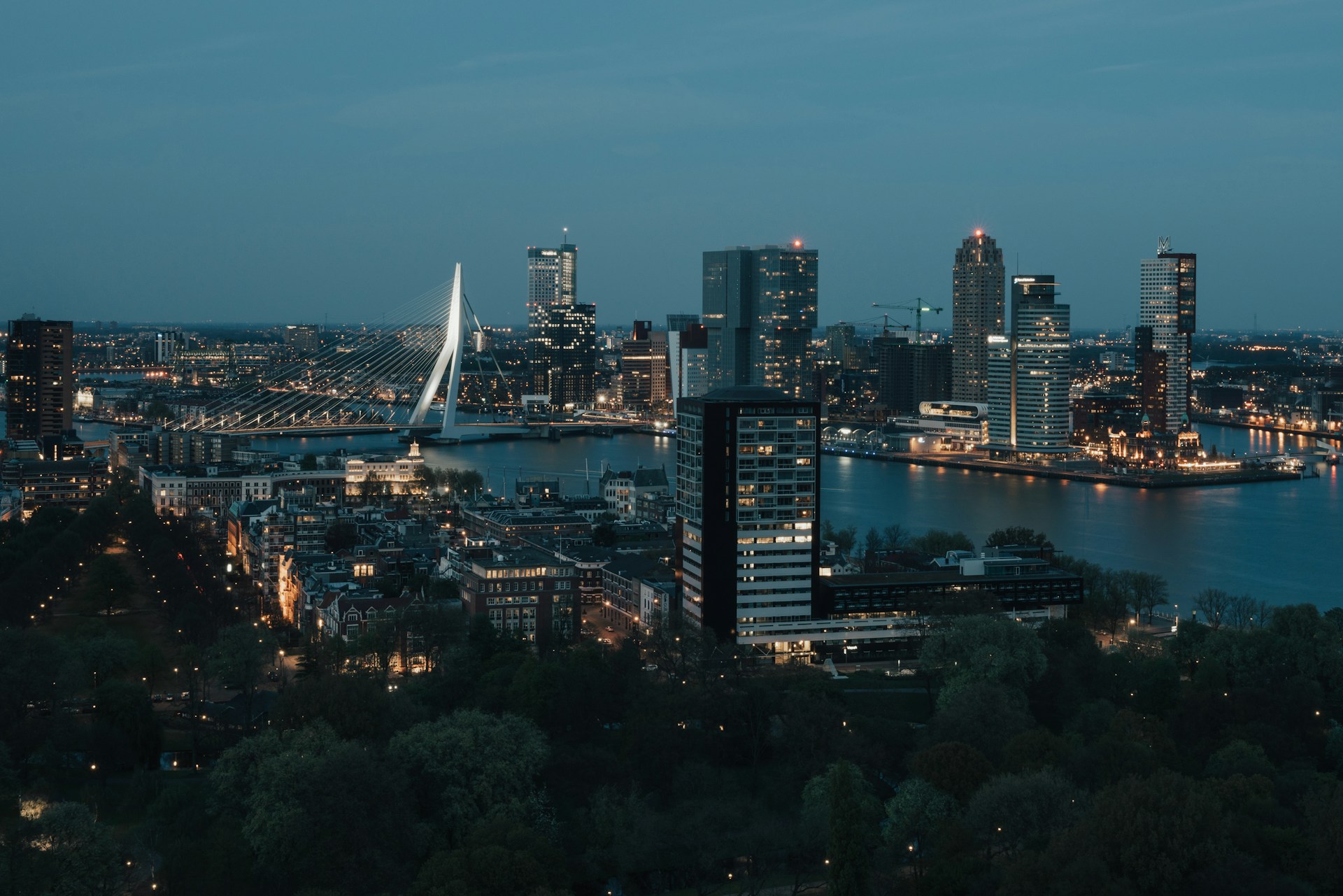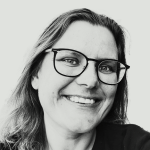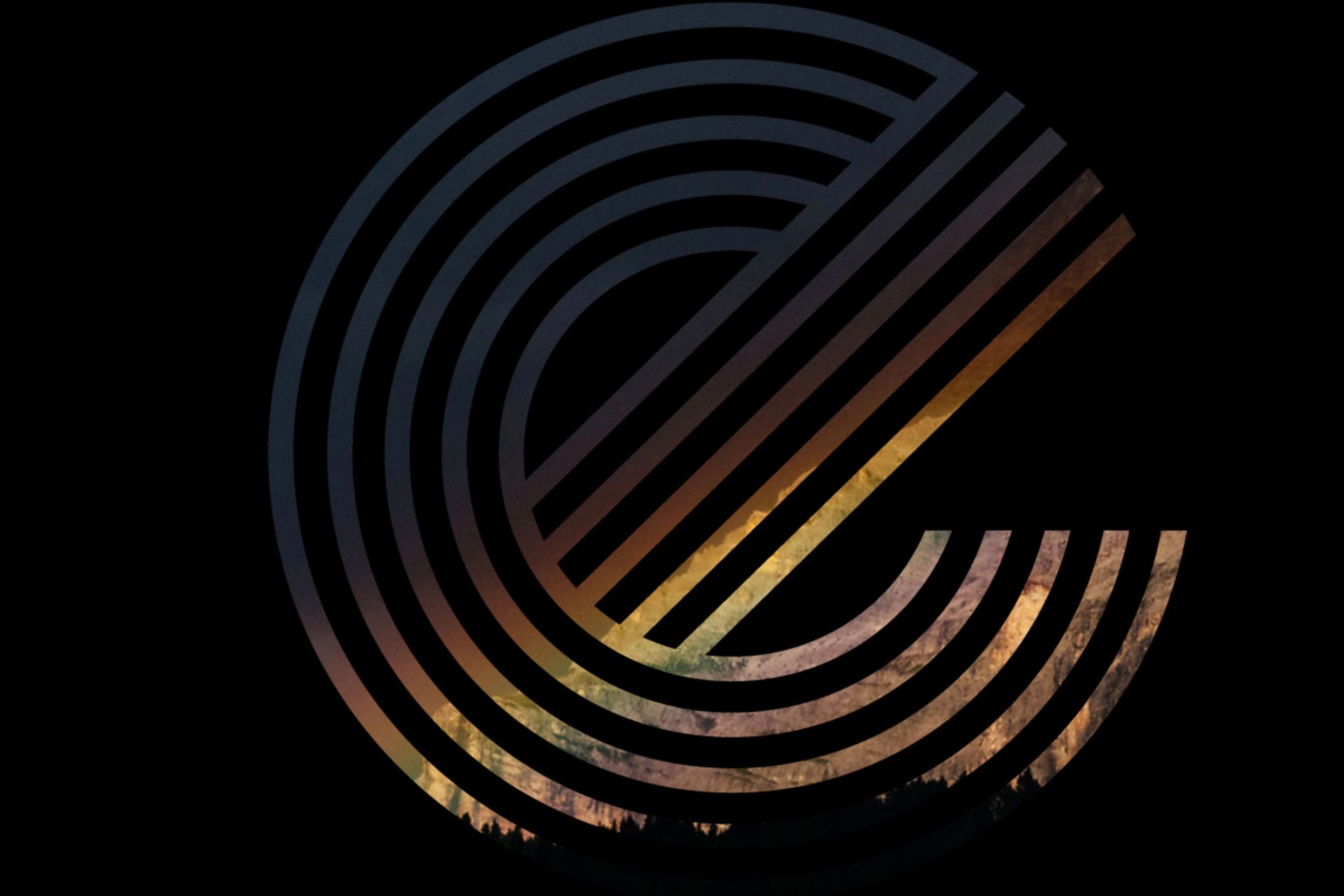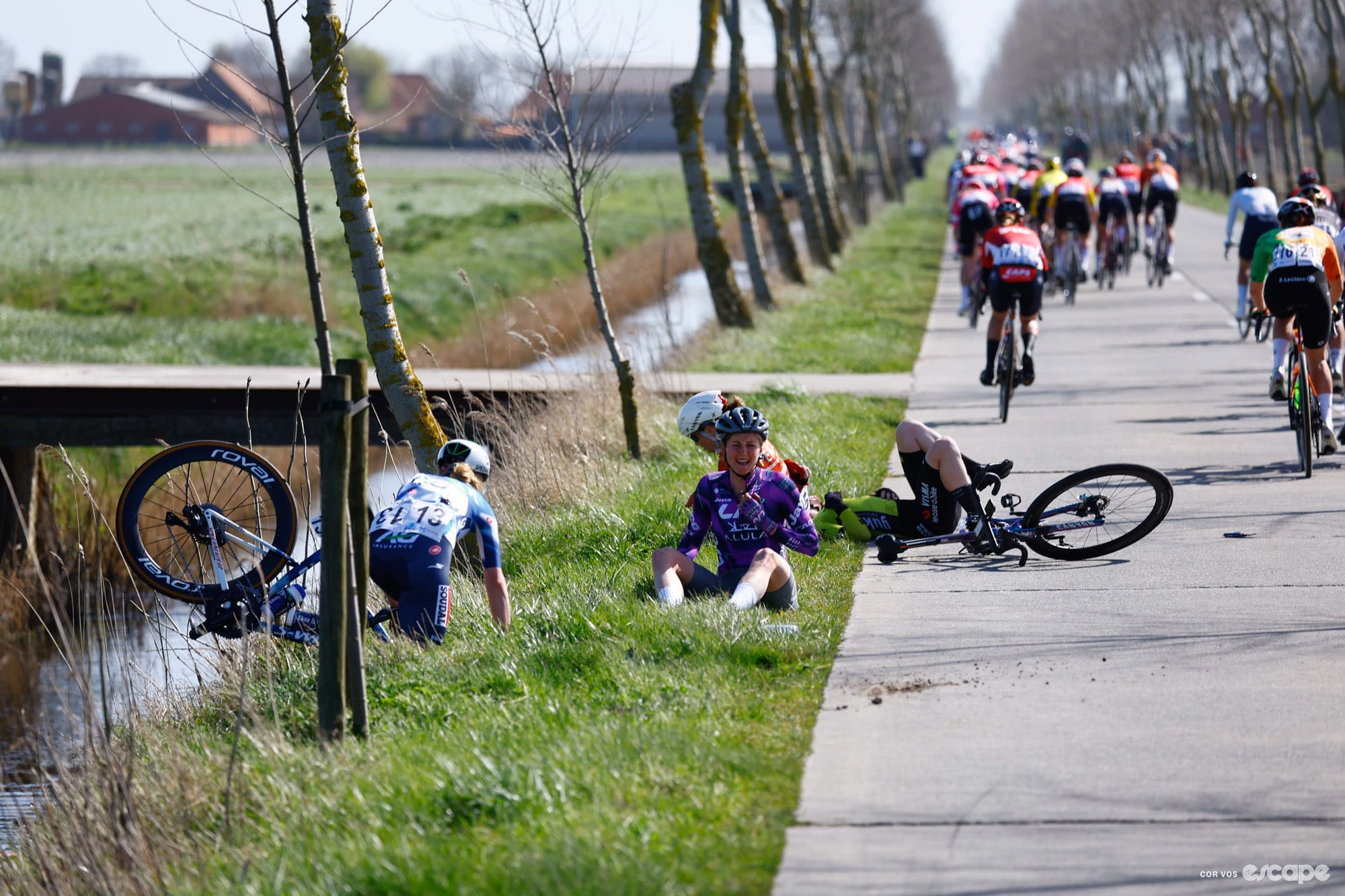Rotterdam is one of the Netherlands’ four big cities. We have Utrecht where the men’s varieties of the Tour and Vuelta have started, and where the Giro finished. There is the capital city, Amsterdam. There's The Hague, where the government resides. And then there's Rotterdam, the Netherlands' second-biggest city.
One quick thing before we continue: My country is called the Netherlands. Many places, including tourist offices, song titles, sports merchandise etc. say Holland. That’s only the western two provinces: North Holland where Amsterdam is and South Holland where we race. Historically these were the economic hotspots of the country and mostly still are, but there are 12 provinces in total. That’s the Netherlands.
Rotterdam has a very modern look if you compare it to the other three big cities where you still find old canals, beautiful canal houses, and inner-city charm. Rotterdam has a different vibe but sadly not entirely by choice. The city was bombed in the Second World War by the German air force. One of the main reasons they chose Rotterdam, and not Amsterdam or The Hague, was the Rotterdam Port. It was and still is one of the most important harbours in the world and therefore an entry to the rest of Holland, aka the west of the country.
The Germans wanted that very important piece of economic infrastructure gone. They also wanted to make haste with the occupation of the Netherlands after encountering a surprising amount of military resistance in other parts of the country. In the process of destroying the harbor and some very important bridges, big parts of the old inner city of Rotterdam were flattened too.
About 700 people lost their lives and 80,000 homes were gone. This bombing was enough to make the Dutch government – including Queen Wilhelmina – capitulate and flee to London, albeit hesitantly. The modern city we now see was built after the war. They didn’t choose to rebuild in the old style. There are a few older parts in the city centre left, including City Hall, but most of it is post-war architecture, some of it very successful and some of it just downright hideous.
Rotterdam is the biggest harbour in Europe, and it all started with a small dam in the river Rotte. Rotter-dam. That small dam became huge. To the west of the city the Dutch created new land: the Maasvlakte 1 and 2 to accommodate the huge container boats. The economic activity that comes with the harbour also defines the culture of the Rotterdammers. "Niet lullen maar poetsen" is the motto. That roughly translates to: "Don’t talk but work."
The culture in The Hague, our finish town, is a lot more posh. It’s quite unique that a government is not in the capital city. In the 17th century when the Dutch sailed the seas and made tons of money with spices and slave trade, the Amsterdammers were rich. It was maybe even the richest city in the world. However, the King, or in those years ‘Stadhouder’ ("steward") lived in The Hague. His government and court stayed with him. That historical distinction has always stayed.
Did we do a good job with this story?





